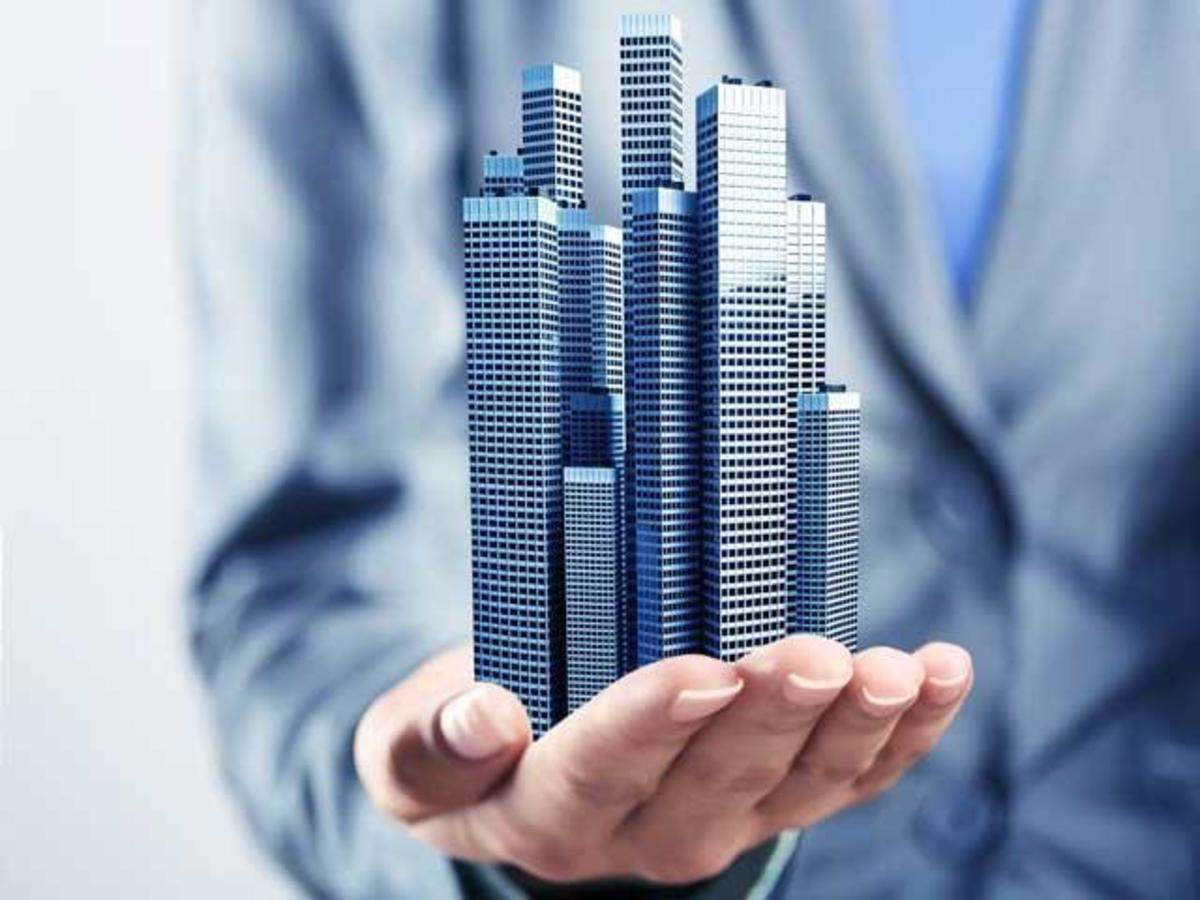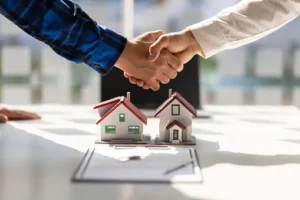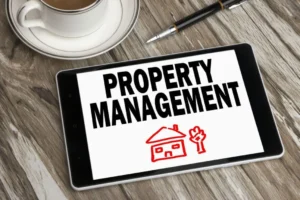Commercial real estate development is more than bricks and mortar; it catalyzes transformation. Imagine a once-neglected area bustling with life, where local businesses thrive and job opportunities abound. This process goes beyond simple construction—revitalizing communities, enhancing livability, and boosting economies.
As cities evolve, so do their residents’ needs. The right commercial projects can ignite growth that ripples through neighborhoods, creating vibrant hubs that attract new residents and investors alike. Join us as we explore how commercial real estate development can be a powerful engine for positive change in local economies everywhere.
The impact of commercial real estate on local economies
Commercial real estate development plays a pivotal role in shaping local economies. It creates vibrant spaces for businesses, which drives consumer spending. This influx of activity energizes neighborhoods and fosters a sense of community.
As new enterprises take root, they draw customers who support surrounding shops and services. This interconnectedness enhances the overall economic landscape.
Moreover, commercial properties often attract more giant corporations looking to expand their operations. Their presence elevates the area’s profile, increasing property values and tax revenues that can be reinvested into public services.
Additionally, improved infrastructure frequently accompanies these developments. Streets become safer and more accessible, while parks and recreational areas enhance residents’ quality of life.
The ripple effect is significant: as local economies flourish through commercial real estate development, opportunities abound for existing businesses and newcomer’s eager to join the growing scene.
Job creation and growth opportunities
Job creation is a vital aspect of commercial real estate development. New projects often lead to increased demand for various services and occupations. This can range from construction workers to property managers, creating jobs at multiple skill levels.
As the development progresses, restaurants, retail stores, and service providers spring up in response to an expanding local market. These establishments not only provide employment but also enhance community vibrancy.
Moreover, commercial spaces attract entrepreneurs looking for opportunities. Startups thrive in areas with good infrastructure and foot traffic. The synergy between new developments and small businesses fosters innovation and economic diversity.
Successful projects contribute to higher tax revenues that local governments can reinvest into public services like schools and parks. This growth cycle stimulates further investments, ensuring sustained economic vitality over time.
Potential challenges and how to overcome them
Commercial real estate development often faces several challenges that can hinder progress. Regulatory hurdles, such as zoning laws and environmental restrictions, can slow down projects significantly.
Moreover, community resistance may arise due to concerns about neighborhood character changes or increased traffic. Engaging with residents early in planning fosters trust and mitigates opposition.
Financial constraints are another common issue. Developers must secure funding while managing costs effectively. Building strong relationships with investors and exploring diverse financing options can help navigate these obstacles.
Market fluctuations pose risks related to demand and pricing. Staying informed about economic trends allows developers to adapt strategies accordingly.
By proactively addressing these challenges, commercial real estate development stakeholders can facilitate successful projects that ultimately benefit their communities.

Global Commercial Real Estate Market Size Forecast 2021-2031
The global commercial real estate market size forecast for 2021-2031 paints a vibrant picture of opportunity and transformation, reflecting the dynamic interplay between evolving economic landscapes and shifting consumer behaviors.
As urban populations burgeon and businesses adapt to new paradigms, commercial real estate development has emerged as a cornerstone of progress, fostering innovation across retail and office spaces.
With technological advancements enhancing efficiency and sustainability practices taking root, developers are now meticulously crafting spaces that accommodate traditional business needs and promote well-being and community engagement.
In this period marked by rapid change, remote work trends influencing office demand or the rise of e-commerce reshaping logistics facilities play pivotal roles in shaping market trajectories. Investors keenly watch these developments unfold, recognizing that strategic positioning within this realm can unlock substantial growth while responding adeptly to local requirements and global market dynamics throughout the decade ahead.
Conclusion: The potential for positive change through commercial real estate development
Commercial real estate development holds tremendous potential to reshape and revitalize local economies. By attracting businesses, enhancing infrastructure, and creating vibrant community spaces, it can improve residents’ quality of life.
Successful developments have ripple effects far beyond mere financial gains. They foster a sense of community pride and engagement while providing essential services that meet the needs of local populations. As communities encourage sustainable practices in planning and execution, they also promote long-term economic stability.
While challenges may arise during the development process—from zoning regulations to funding hurdles—proactive strategies can mitigate these issues effectively. Collaboration among stakeholders like government bodies, developers, and residents is crucial in navigating obstacles.
As cities evolve, embracing commercial real estate development will be vital for driving growth opportunities and addressing emerging needs. The path forward presents an exciting opportunity for transformation that benefits everyone involved. With thoughtful planning and execution, commercial real estate can breathe new life into neighborhoods while paving the way for a brighter future.





